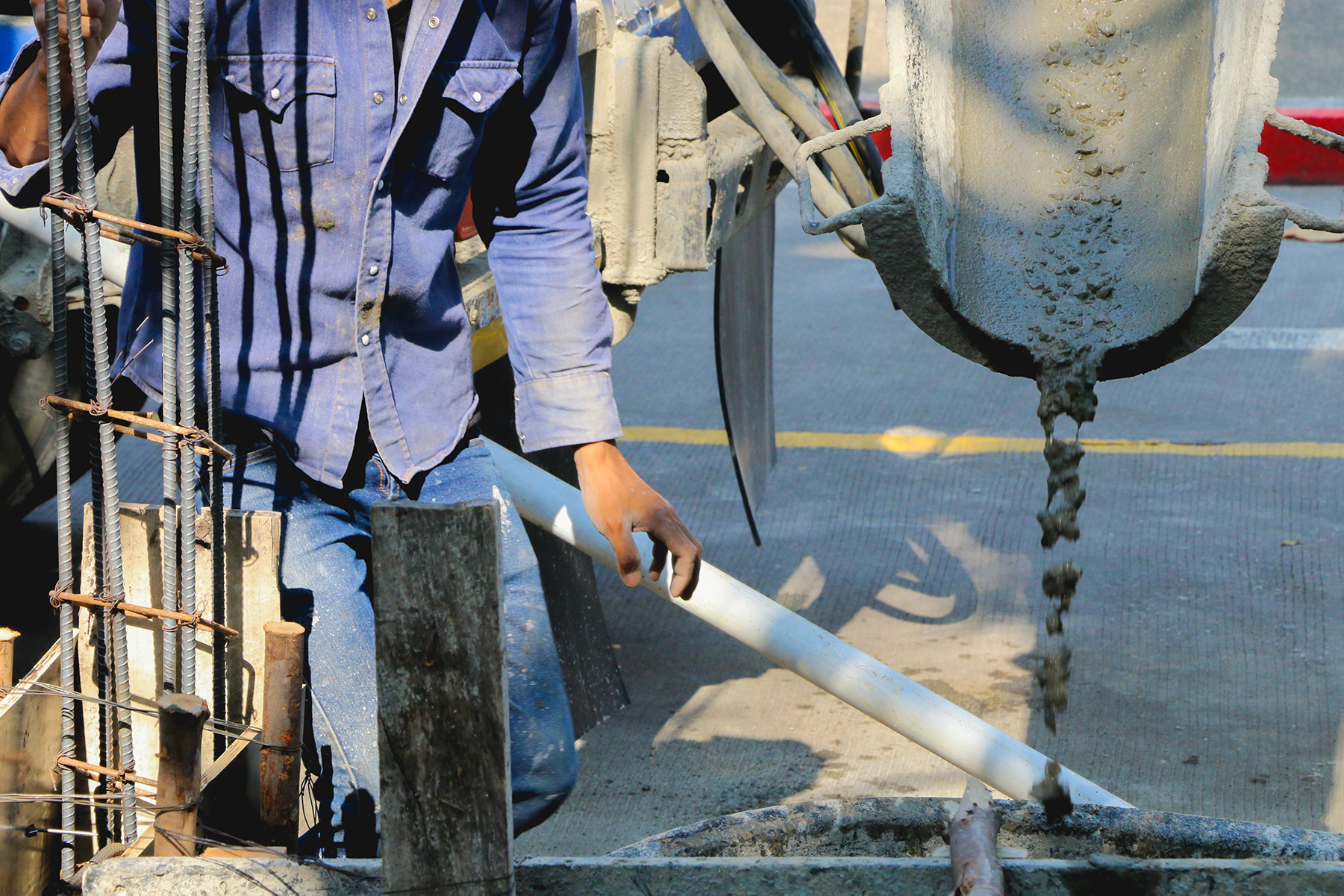

As a subcontractor, you must take proactive steps before you sign the subcontract to protect your company from a dispute that may arise during or after you’ve completed your project. Our new blog series this month will address four important ways to cover your ass (C.Y.A.) in the construction world with submittals, field conditions, checking the work of previous subcontractors, and lien waivers. If you have worked on a construction project, no matter the project size, you have been involved with a subcontractor submittal process. Depending on the project size, there can be anywhere from a couple of submittals to sometimes more than a thousand submittals per project. This blog will cover the submittal process and what you need to know in your everyday construction projects to protect yourself and your business.
The subcontractor submittal process is the process for submitting the technical information about your work and materials before you begin your work. Most subcontracts will have a list of the information that is required to be included in the submittal package. Normally this list would include:
An example of something included in the submittal process would be a mockup. Occasionally, subcontractors are required to do a mockup before they begin work. A mockup is when you give a sample of what your work will look like on a small portion of the project. This allows the owner to see what the project will look like in real life before everything is installed. Mockups are very commonly required for the exterior of the project and will ensure that everyone on the project will know what the product will look like.
The general contractor, owner, and/or architect reviews all of the information received in the submittal package to ensure it meets the requirements of the project documents. They will also make sure the materials supplied are of good quality and that the work performed meets their standards. This process is essential for the integrity of the project, and it is also a way for the subcontractor to protect themselves. If there is an issue with the subcontractor’s work or materials in the future, the subcontractor’s approved submittals could be used as a legal defense. The submittal process is a very effective way to protect your work, products, yourself, and business if the product that was originally called for in the project documents is changed against the subcontractor’s recommendations.
For example, The Cromeens Law Firm represented Super Door Subcontractor when they were sued for defective doors. When Super Door Subcontractor was about to begin this project, they were informed by the general contractor that the owner had changed the exterior doors from what the plans originally called for. Once Super Door Subcontractor reviewed the new doors the owner wanted, they told the general contractor that the new doors were not meant to be exterior doors and could fail if used as such. The general contractor said the owner did not care because they were the doors they wanted, and ultimately gave the order to install them.
So, Super Door Subcontractor followed the instruction of the GC, and they installed the doors the owner wanted. When the doors failed, Super Door Subcontractor unfortunately did not have anything in writing that stated the general contractor and/or owner approved the doors they installed. Because of this, Super Door Subcontractor did not follow the submittal process. The lawsuit against Super Door Subcontractor accused them of installing the wrong door because they were not what was called for by the plans. This change by the owner was not in writing, and therefore Super Door Subcontractor had no proof that they were instructed to change the doors. There was also nothing in writing stating Super Door Subcontractor’s warning about the doors failing because they were not exterior doors.
Super Door Subcontractor had to replace the doors at their expense, and it cost them more than $10,000.00, plus additional legal fees—and time. Had Super Door Subcontractor followed our C.Y.A. plan and provided a submittal for the GC and/or owner to approve before they started the work, they would have had written proof of the GC and Owner wanting the doors they did not recommend. By providing a submittal package, Super Door Subcontractor would have prevented themselves from having to eat the costs of replacing the doors later on.
It is extremely important to follow some form of submittal process, even if the process is not required by the subcontract. Once your submittal package is approved, you will have proof that the work and materials you supply are approved. Ensure that you keep a copy of the approved submittal in your records so that it is easily accessible if a dispute should arise later on down the road. Protect yourself upfront and document your work and all changes and recommendations. It will be of great use for a potential defense in the future.
Lawsuits can be prevented. Save time and your hard-earned money by educating yourself and teaming up with one of our amazing attorneys at The Cromeens Law Firm. Contact us so we can help you walk through the submittal process. We believe in the proactive approach to protecting your business. Remember to sign up for our free C.Y.A. Construction Webinar, October 20th at 12 pm. Courtney Stricklen will teach you how to best protect yourself and your business. We look forward to seeing you then!
Karalynn Cromeens is the Owner and Managing Partner of The Cromeens Law Firm, PLLC, with over 17 years of experience in construction, real estate, and business law. A published author and passionate advocate for contractors, she has dedicated her career to protecting the businesses her clients have built. Karalynn is on a mission to educate subcontractors on their legal rights, which inspired her books Quit Getting Screwed and Quit Getting Stiffed, as well as her podcast and The Subcontractor Institute.

